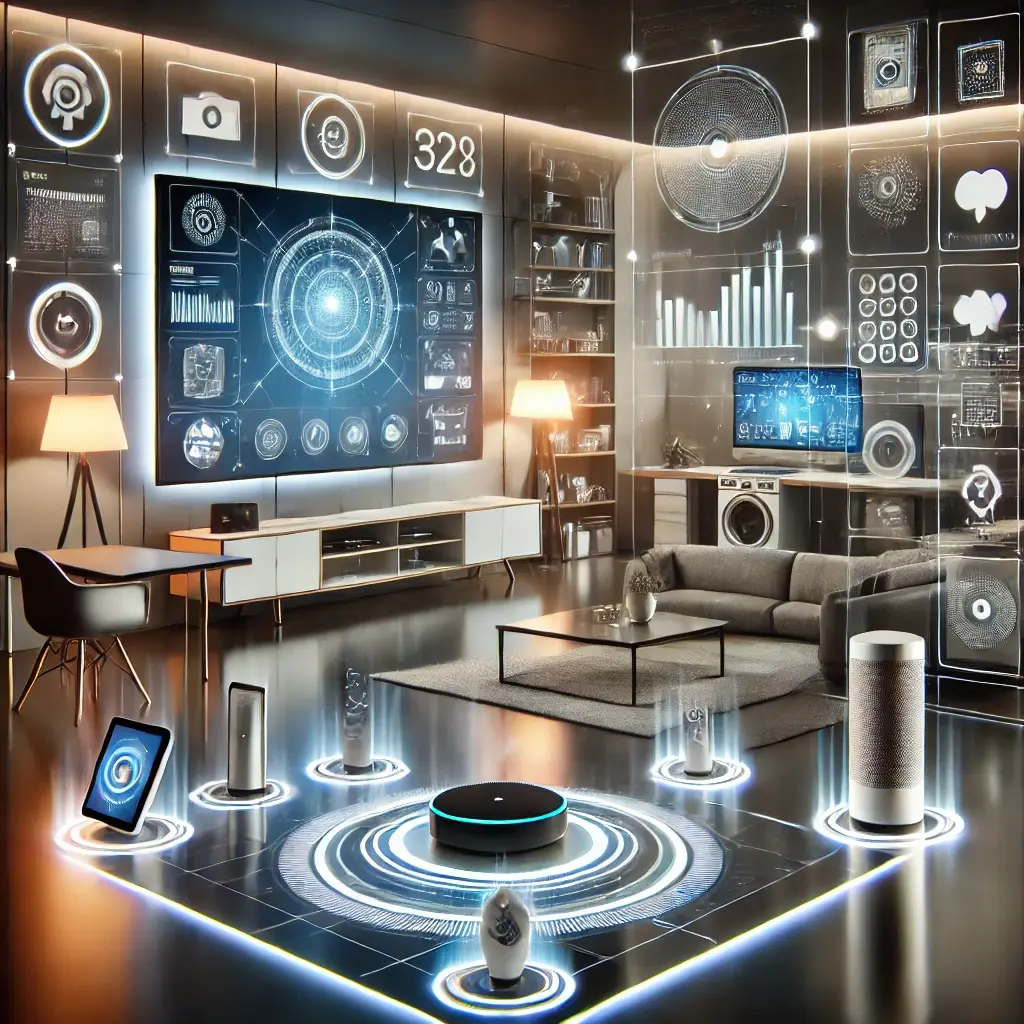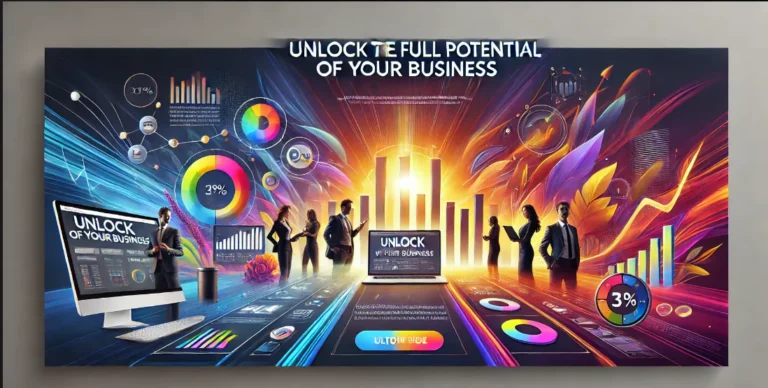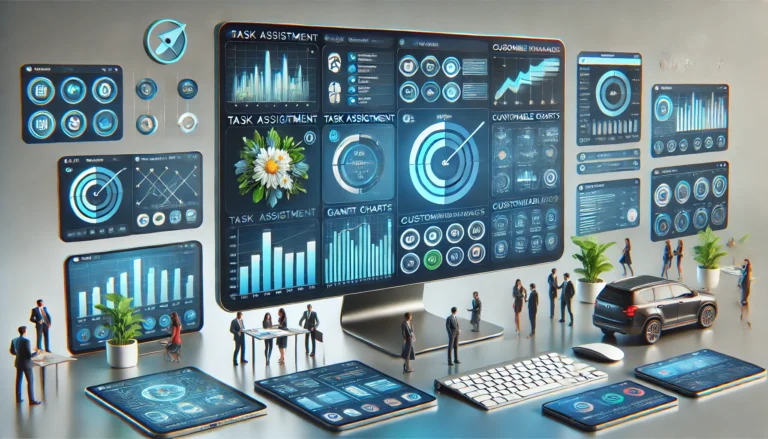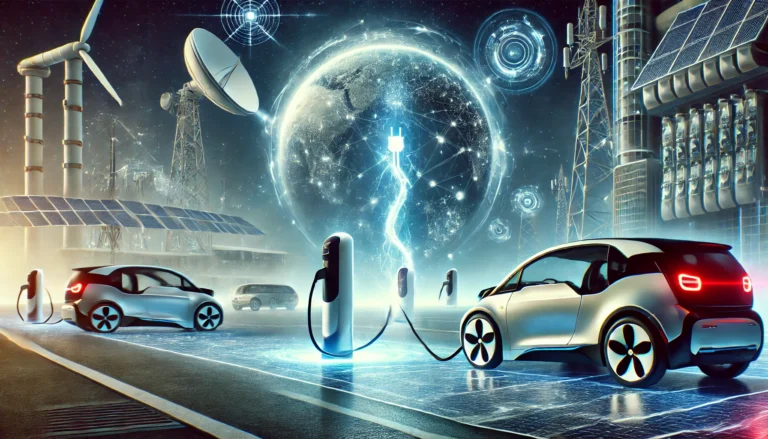How Has Advancements in Technology Affected Consumer Electronics?
Introduction
How Has Advancements in Technology Affected Consumer Electronics? The rapid evolution of technology has had a profound impact on consumer electronics, reshaping the way we live, work, and play. From the advent of smartphones to the emergence of smart homes, advancements in technology have redefined convenience, connectivity, and creativity.
In this article, we’ll explore the key ways on how has Advancements in technology progress transformed consumer electronics, shedding light on innovations that continue to push the boundaries of possibility.
1. Advancements in Technology: Miniaturization and Portability
One of the most noticeable effects of technological advancement is the miniaturization of devices. The size of consumer electronics has decreased dramatically over the years, allowing for increased portability and convenience.
- Smartphones: Early mobile phones were bulky and heavy, but modern smartphones are sleek, lightweight, and more powerful than ever. They combine the functionality of multiple devices—cameras, computers, GPS units—into a single, compact gadget.
- Wearables: Devices like smartwatches, fitness trackers, and augmented reality glasses exemplify how miniaturization has enabled entirely new categories of portable electronics.
The trend toward smaller, more efficient components, such as advanced microprocessors and compact batteries, has driven this transformation.
2. Advancements in Technology : Connectivity and the Internet of Things (IoT)
The integration of internet connectivity into consumer electronics has created a network of interconnected devices, collectively referred to as the Internet of Things (IoT). This has fundamentally changed how we interact with technology.
- Smart Homes: Smart thermostats, lighting systems, and security cameras can be controlled remotely via smartphone apps or voice commands. These devices offer convenience, energy efficiency, and enhanced security.
- Wearable Health Tech: IoT-enabled wearables can monitor vital signs and share data with healthcare providers in real-time, revolutionizing preventive care and chronic disease management.
- Connected Appliances: Refrigerators that can track inventory or washing machines that notify you when a cycle is complete illustrate how IoT has infiltrated everyday life.
The growth of 5G technology has further accelerated IoT adoption by providing faster, more reliable connectivity.
3. Artificial Intelligence (AI) and Machine Learning
AI and machine learning have become integral to consumer electronics, enabling devices to adapt, learn, and predict user behavior.
- Virtual Assistants: AI-powered assistants like Alexa, Google Assistant, and Siri can perform tasks ranging from setting reminders to controlling smart home devices.
- Personalized Recommendations: Streaming platforms, e-commerce websites, and even smart TVs use AI algorithms to tailor content and product recommendations to individual preferences.
- Autonomous Functionality: AI has enabled features like self-driving cars, robot vacuums, and drones, making once-complex tasks easier for consumers.
AI continues to evolve, promising even smarter and more intuitive devices in the future.
4. Advancements in Technology
Display technology has seen revolutionary changes, enhancing both the visual quality and user experience of consumer electronics.
- High-Resolution Screens: The shift from HD to 4K and now 8K resolution provides unparalleled clarity and detail, particularly in televisions and monitors.
- OLED and MicroLED: These technologies offer brighter colors, deeper blacks, and energy efficiency compared to traditional LCD screens.
- Foldable Displays: Innovations like foldable smartphones and rollable TVs are expanding the possibilities of device design and functionality.
These advancements cater to growing consumer demand for immersive and visually stunning experiences.
5. Sustainability and Energy Efficiency
With growing awareness of environmental issues, technological advancements in consumer electronics increasingly focus on sustainability.
- Eco-Friendly Materials: Manufacturers are adopting recyclable materials and reducing e-waste by designing products with longer lifespans.
- Energy Efficiency: Devices now consume less power, thanks to innovations like energy-efficient processors and smart energy management systems.
- Renewable Energy Integration: Solar-powered gadgets and energy storage solutions are gaining traction, reducing dependence on non-renewable resources.
These eco-conscious innovations align with consumer preferences for sustainable living.
6. Augmented Reality (AR) and Virtual Reality (VR)
AR and VR have opened up new avenues in entertainment, education, and professional applications.
- Gaming: VR headsets like the Oculus Quest and PlayStation VR have revolutionized the gaming industry by providing immersive, interactive experiences.
- Education and Training: AR and VR are used for virtual classrooms, medical training simulations, and industrial training, offering hands-on learning opportunities.
- Retail and Real Estate: AR allows consumers to visualize furniture in their homes or explore virtual property tours, enhancing decision-making.
As AR and VR technologies become more affordable, their adoption across industries is expected to grow.
7. Improved Audio Technology
Audio technology has also seen significant advancements, improving sound quality and user experience.
- Wireless Audio: Bluetooth technology has eliminated the need for cords, enabling the proliferation of wireless headphones and speakers.
- Noise Cancellation: Active noise-canceling technology creates a more immersive listening experience by reducing ambient noise.
- Smart Audio Devices: AI-integrated speakers, such as Amazon Echo and Google Nest, not only deliver high-quality sound but also act as hubs for smart home ecosystems.
These innovations cater to audiophiles and casual users alike, offering unparalleled convenience and quality.
8. Advancements in Technology: Rapid Prototyping and Customization
Advancements in manufacturing techniques, such as 3D printing, have enabled rapid prototyping and customization of consumer electronics.
- Personalized Gadgets: From custom phone cases to tailor-made laptops, consumers can now enjoy products designed to their specifications.
- Faster Development Cycles: 3D printing allows manufacturers to quickly test and refine prototypes, accelerating time-to-market for new devices.
- Spare Parts and Repairs: On-demand 3D printing of spare parts makes it easier to repair devices, reducing electronic waste.
This trend empowers consumers while driving innovation in product design.
9. Advancements in Technology: Enhanced Security Features
As devices become more interconnected, security has become a top priority in consumer electronics.
- Biometric Authentication: Fingerprint scanners, facial recognition, and iris scanning have replaced traditional passwords, offering enhanced security.
- Encrypted Communication: Advanced encryption protocols protect data shared across devices, ensuring user privacy.
- AI-Driven Threat Detection: Smart devices can now identify and neutralize cybersecurity threats in real time.
These features build consumer trust, particularly in a world increasingly reliant on digital transactions.
10. Advancements in Technology: Healthcare Technology
Consumer electronics have revolutionized healthcare by enabling better monitoring and management of health conditions.
- Wearable Devices: Smartwatches and fitness trackers monitor heart rate, sleep patterns, and physical activity, encouraging healthier lifestyles.
- Telemedicine: Devices with video conferencing capabilities facilitate remote consultations, making healthcare more accessible.
- Portable Medical Devices: Innovations like portable ECG machines and glucose monitors empower patients to manage their health on the go.
These advancements bridge the gap between healthcare providers and patients, improving outcomes and reducing costs.
Conclusion
Advancements in technology have profoundly affected consumer electronics, driving innovation and transforming user experiences. From miniaturization and AI to sustainability and healthcare applications, the impact is far-reaching. As technology continues to evolve, the possibilities for consumer electronics are virtually limitless, promising a future where convenience, connectivity, and creativity intersect in ways we can only begin to imagine. For consumers, staying informed and adapting to these changes is key to leveraging the full potential of these innovations.
For More Information, Check out NetworkForbe






